
Venice feels different these days. The city’s famous canals and narrow streets are quieter than usual, which leaves visitors wondering why. While the town still sparkles with history and beauty, many factors combine to create a sense of emptiness. Here are 10 reasons Venice feels like a ghost town.
Declining Resident Population
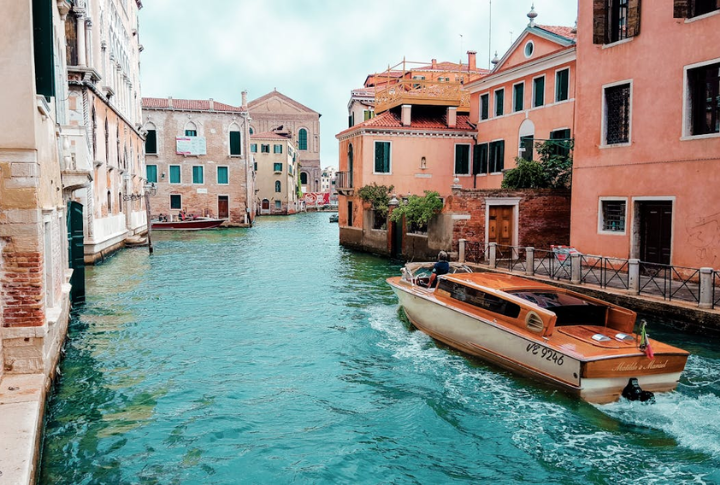
Venice’s resident numbers have dropped dramatically over the decades. From around 175,000 in the 1950s, fewer than 50,000 people now reside in the city. Many locals have left in search of easier living conditions and better opportunities on the mainland.
Impact Of Tourism Regulation

New rules limit the number of tourists and cruise ships allowed to enter Venice. These measures aim to protect the fragile city but also reduce the usual flow of visitors. As a result, popular areas are less crowded, and the town feels calmer.
Rising Living Costs For Locals
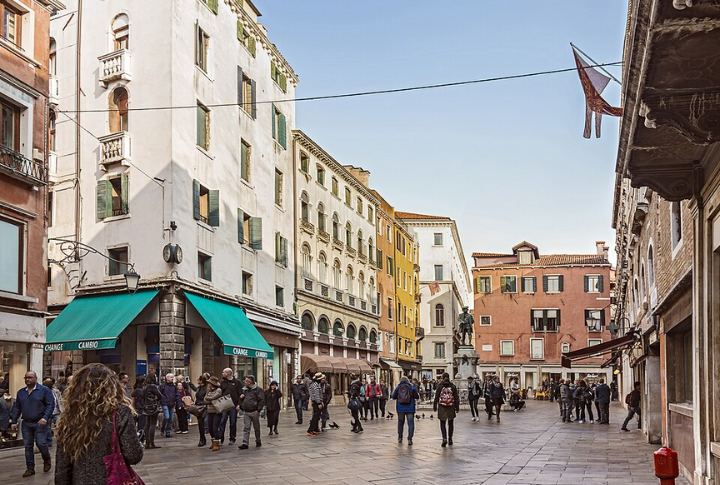
Venice ranks among the world’s top 36% most expensive cities, with an average single-person cost of living of $1,522. This rising housing and daily expenses force many residents to leave the city for more affordable nearby areas.
Economic Shift Toward Tourism
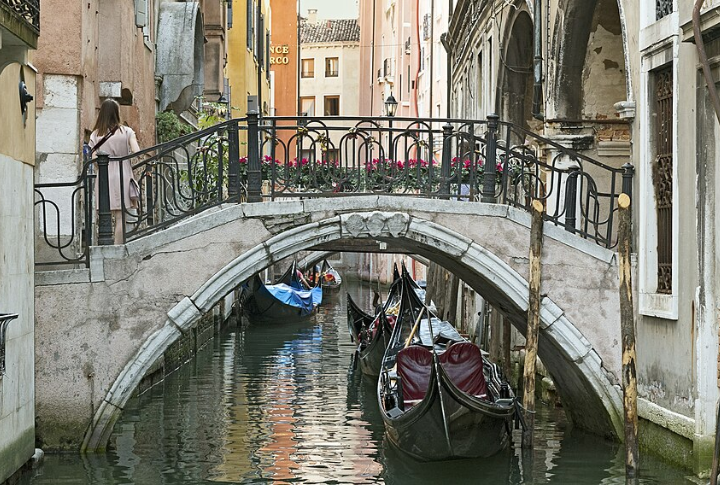
Venice’s economy heavily relies on tourism jobs, which reduces the chances for other industries to thrive. This narrow focus limits year-round employment options, thus leading some residents to move away in search of more stable careers.
Seasonal Population Fluctuations

Venice’s population changes dramatically with the seasons. During peak tourist months, the city comes alive, but in the off-season, it becomes noticeably quiet. Shifts like this create a sharp contrast that can sometimes feel like an empty city.
Impact Of COVID-19 Travel Restrictions

The pandemic brought travel to a near halt, forcing many tourists and temporary workers to leave. Venice experienced an unusual calm, with many local businesses struggling and streets far less busy than in previous years.
Preservation Over Modernization
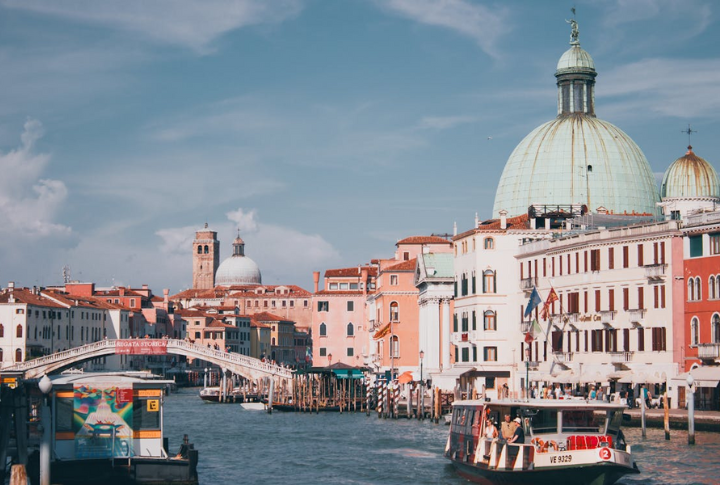
Strict preservation rules prevent major modernization efforts, which can make life inconvenient for residents. The lack of modern infrastructure, such as elevators or energy-efficient housing, discourages new residents. As historical beauty triumphs over comfort, many buildings stand admired but unoccupied.
Closure Of Local Shops And Services
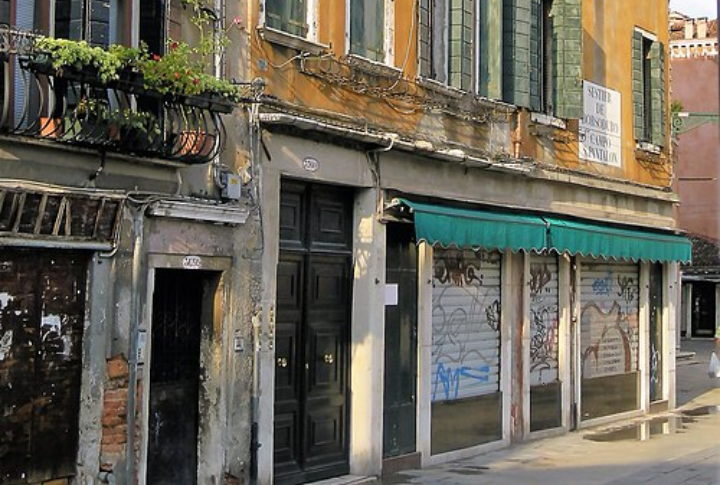
Many small shops and everyday services have shut down in Venice. With fewer residents and tourists around, these businesses face tough times, dramatically changing the city’s atmosphere and causing a noticeable decline in its once vibrant local culture.
The Impact Of Rising Water Levels
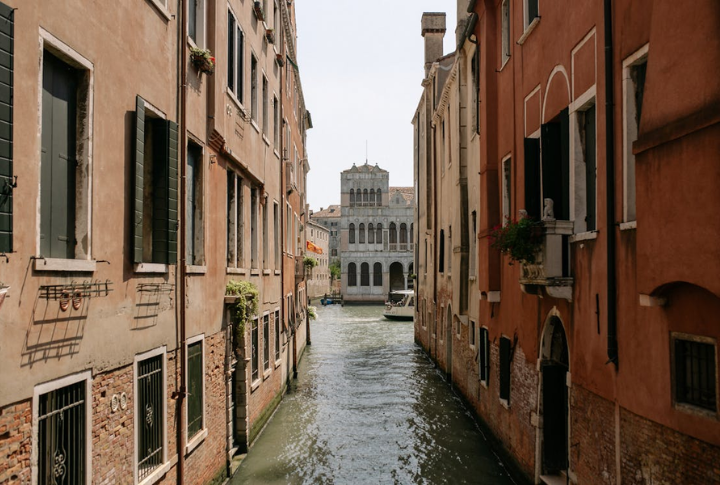
Frequent flooding and rising tides in Venice make daily life challenging, causing temporary business closures and difficult navigation. These conditions push residents to leave, which results in abandoned buildings and empty streets that deepen the city’s haunting, ghost-town atmosphere.
Aging Population And Youth Flight
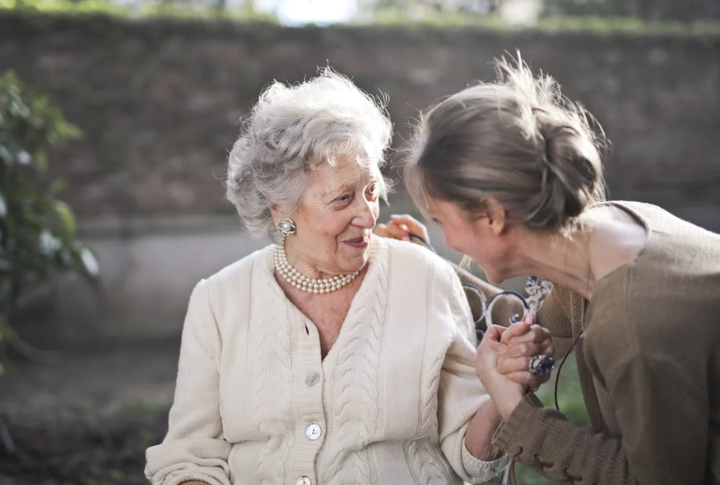
Many of Venice’s remaining residents are elderly. Younger generations often leave for cities with better education and job prospects, leaving behind an aging population that contributes less to daily street life. Without youthful energy, the city’s pulse grows fainter and less vibrant.
